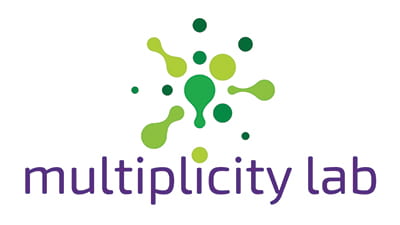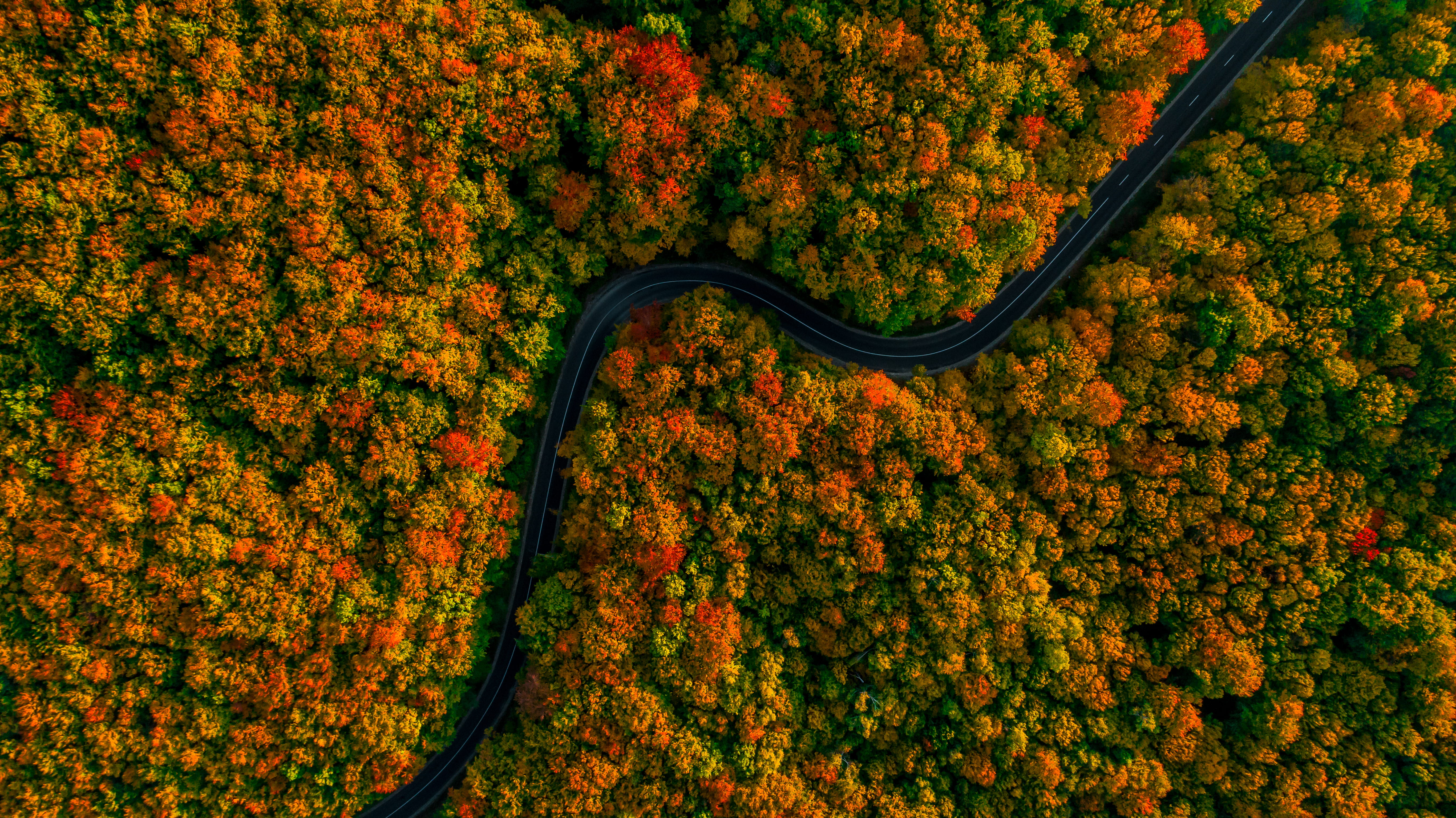Image of the Week: Using Area to Estimate
October 31, 2021Using Area to Estimate
Are there more trees to the left or the right of the road? Take a moment to think about how you might figure out the answer to that question. While the question is asking about quantity – since trees are countable objects – this is a question that cannot be answered readily by thinking about the number of trees on either side of the road. The trees are too close together, and seen from above, they are impossible to distinguish from one another. So how to answer this question?
Area! Students may not have the mathematical words for this idea, but students may very well decide to use area – the two-dimensional space taken up by the tree in the image – as a substitute for counting the uncountable trees. This strategy is reasonable because the density of trees is similar on both sides. That is, the trees appear equally packed in on both sides of the road, which makes sense given that this appears to be one forest cut through by a road. By asking a quantity question of this image, we subtly introduce the opportunity for students to think about area, whether or not they have had any formal experience with this concept.
Having the idea to use area (or space) is one thing, but how to do this, which this curved and winding road, is quite another. Students might decide to:
- Mentally decompose the space into regions they can compare
- Overlay a grid on the image and count squares of trees, both full and partial
- Use a unit to cover the space on each side that they can count, like square tiles or cubes
- Cut the image along the road and rotate the two sides to overlay and compare them
This is a powerful and authentic way of introducing area as a concept, and why we use square units to help us measure and compare it. By using these curved spaces, we move away from the idea of area as formula and establish it as an attribute. Even young children can explore area as an attribute of space in informal ways like this. Give this activity a try and let your students surprise you!
To multiplicity, cheers!
Jen Munson and the multiplicity lab group
Read the Archive
Get the Image of the Week
Each week we bring you a new image and activity you can do with your students tomorrow, and we spotlight a feature of the mathematical work that we think is important for students’ learning and your teaching.
Stay connected and see what's new.

